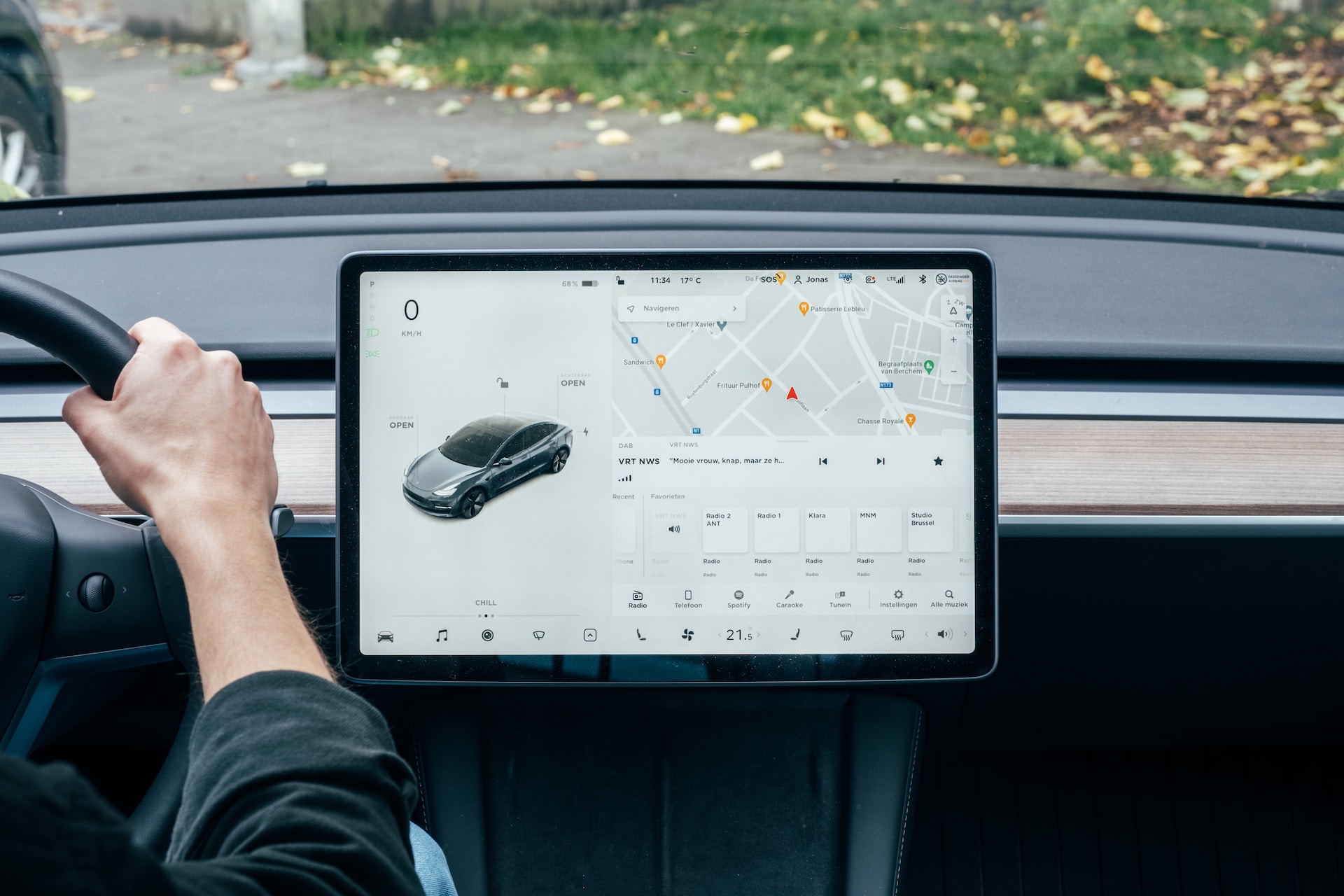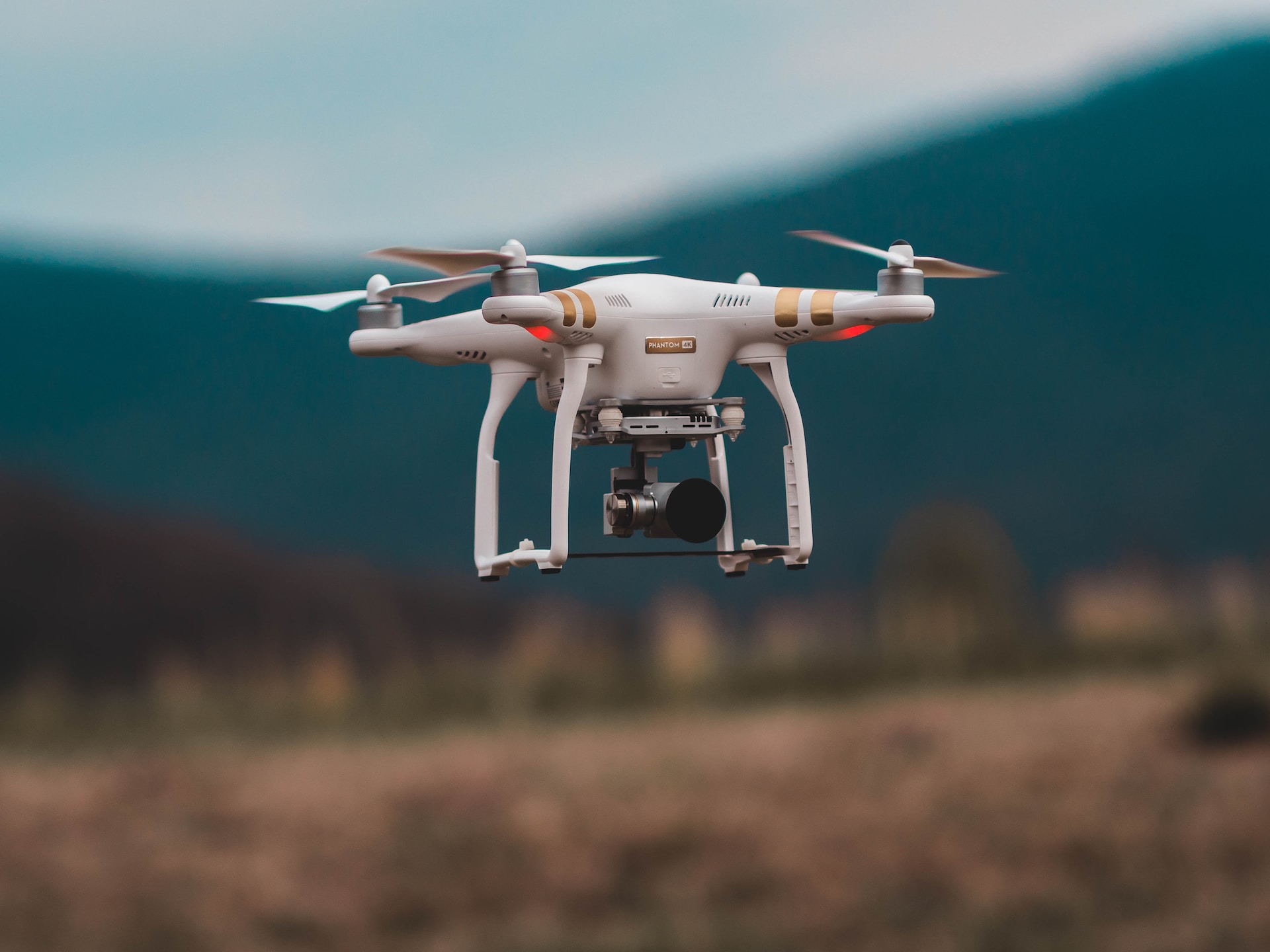Neon artificial people from Samsung
The NEON project (NEO – new, artificial and intelligent) is a Samsung research project that creates “artificial humans” using deep learning technology.
“Artificial humans” NEON are virtual assistants that can communicate with people, mimicking the emotions and behavior of real people. They are created using neural networks and deep learning algorithms that allow them to “learn” from large amounts of data, including audio and video.
Samsung says NEON can be used to create virtual assistants that can work in various fields, such as medicine, education, entertainment and technology. They can help improve people’s learning, entertainment and communication, as well as improve efficiency in various industries.
However, it is not yet clear exactly how NEON artificial humans will be used in the future. Samsung representatives state that they will not replace humans, but rather create new opportunities for communication and interaction.


